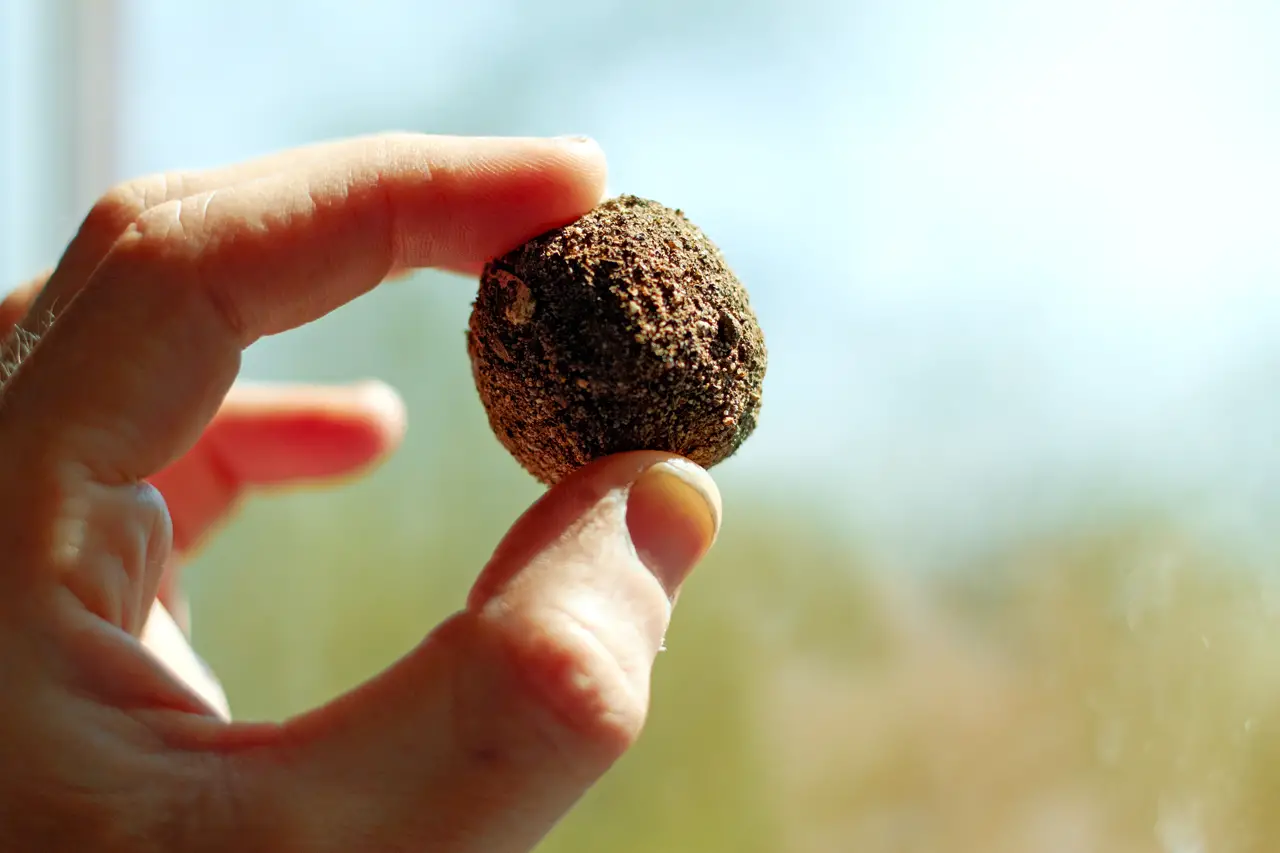Seed Balls – A Unique Approach to Reforestation
Tags: News

What you do you get when you mix some soil, water, cow dung and seeds? Seed balls. This concept was discovered by Masanobu Fukuoka, an agricultural scientist, philosopher and author of The One Straw Revolution who says that “only for sowing and harvesting one should disturb the soil.”
A seed ball works on the survival of the fittest principal – they grow when they find water. They don’t need to be fenced, watered or taken care of. Simply make the mixture, which can sometimes include charcoal dust, clay, compost and other nutrients, and put the seed into the heart of a ball. This will protect the seed against ants and other animals, as well as extreme temperatures. Once the seed balls are made they are thrown around. This unique method not only makes planting faster but it is also more cost-effective than traditional tree planting methods. The concept is simple – throw and grow! The most effective way to dispense the seeds is by using helicopters.
“Each one costs about 2 U.S. cents. What we’re trying to get people to understand now is that you don’t have to spend millions to plant millions of trees,” says Teddy Kinyanjui, founder of Coskwell Energy and co-founder of Seedballs Kenya. “One seedball has the potential to grow another million trees because if it becomes a mother tree in one area that’s been over-exploited and very degraded, it will start reseeding some of these places.” Teddy is the son of Dr. Maxwell Kinyanjui who invented the Jiko stove, a portable, charcoal burning, fuel-efficient stove used for cooking. The stove reduces wood collection and produces biochar (an ingredient used to make Kenyan seed balls).
In Kenya, 90% of rural homes use wood as their main fuel, as such, seed balls are in high demand and over 2 million have already been sold. Seed balls have a great potential for reforestation in Kenya and the rest of the world. If you are thinking about creating your own seed balls make sure you know the facts. Blake Ketchum, an eco-entrepreneur with a PHD in soil science says that the primary reason why seed balls don’t germinate is because they are planted at the wrong time of year. “Seed balls should be pressed halfway into the soil so that they can get plenty of sun and moisture.” She also advises amauteur seed ball makers and throwers to “avoid the ‘Throw & Grow’ myth. She says that “seed balls thrown into neglected landscapes will not likely survive. In these locations, seedlings are forced to compete with established and nonnative plants. For the best results, clear the area of competing plants, and press seed balls halfway into the soil.”
READ MORE: Thailand Begins Planting Millions Of Trees By Dropping “Seed Bombs”
Leave Comment: